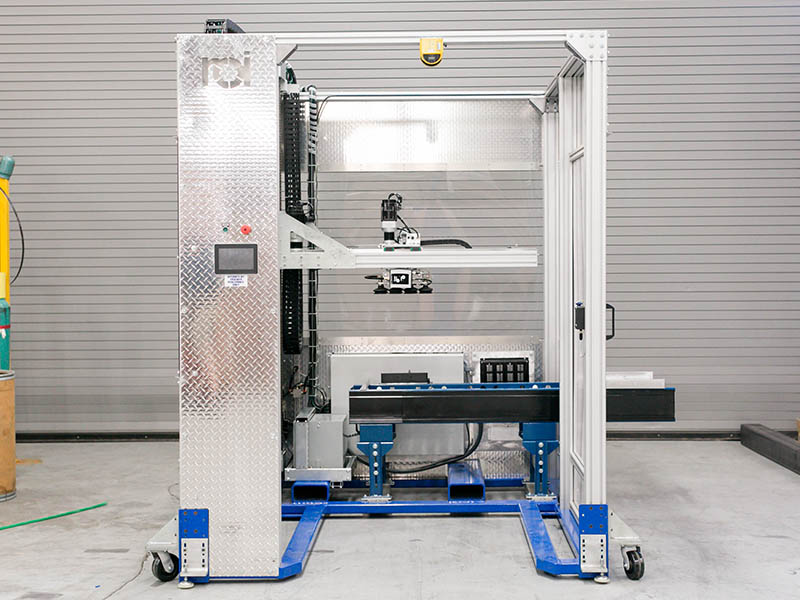Stacking a pallet with products has long been a staple industrial function. Any products that are completed, packaged, and ready to be transported to customers have to be stacked and secured. What used to be done manually is now completed by automated palletizers and robotic arm palletizers.
While robotic palletizers were once thought to supplant automatic methods of stacking pallets, automated methods are still superior in many conditions.
Where Automatic Palletizers Work Best
Conventional palletizers can handle much higher speeds than robotic arm options. They tend to be found in food, beverage, and consumer goods industries and can be more flexible than robots for product packaging and stacking patterns. Where robots pick and place the product, conventional palletizers simply move the product into position.
Standard packaging types – Identical packages can come off the conveyor and be palletized at very high speeds compared to robotic arm methods. Automatic palletizers can even organize different size boxes, cases, trays, and bundles onto pallets quickly and safely.
High-speed with a complex pattern – Automatic palletizers can be configured to handle complex palletizing patterns. The speed and flexibility lie in their ability to be easily customized to handle these tasks with little downtime.
ROI Can Provide the Perfect Palletizing Option
No single technology can handle all industrial applications, which is why ROI Industries is equipped to approach each situation individually, depending on the application. While conventional automatic palletizers are best for high-speed applications, robotic arms are great for precision and multi-line applications. As technology advances, ROI is committed to using only the latest technology for our clients. Reach out today to learn more.

